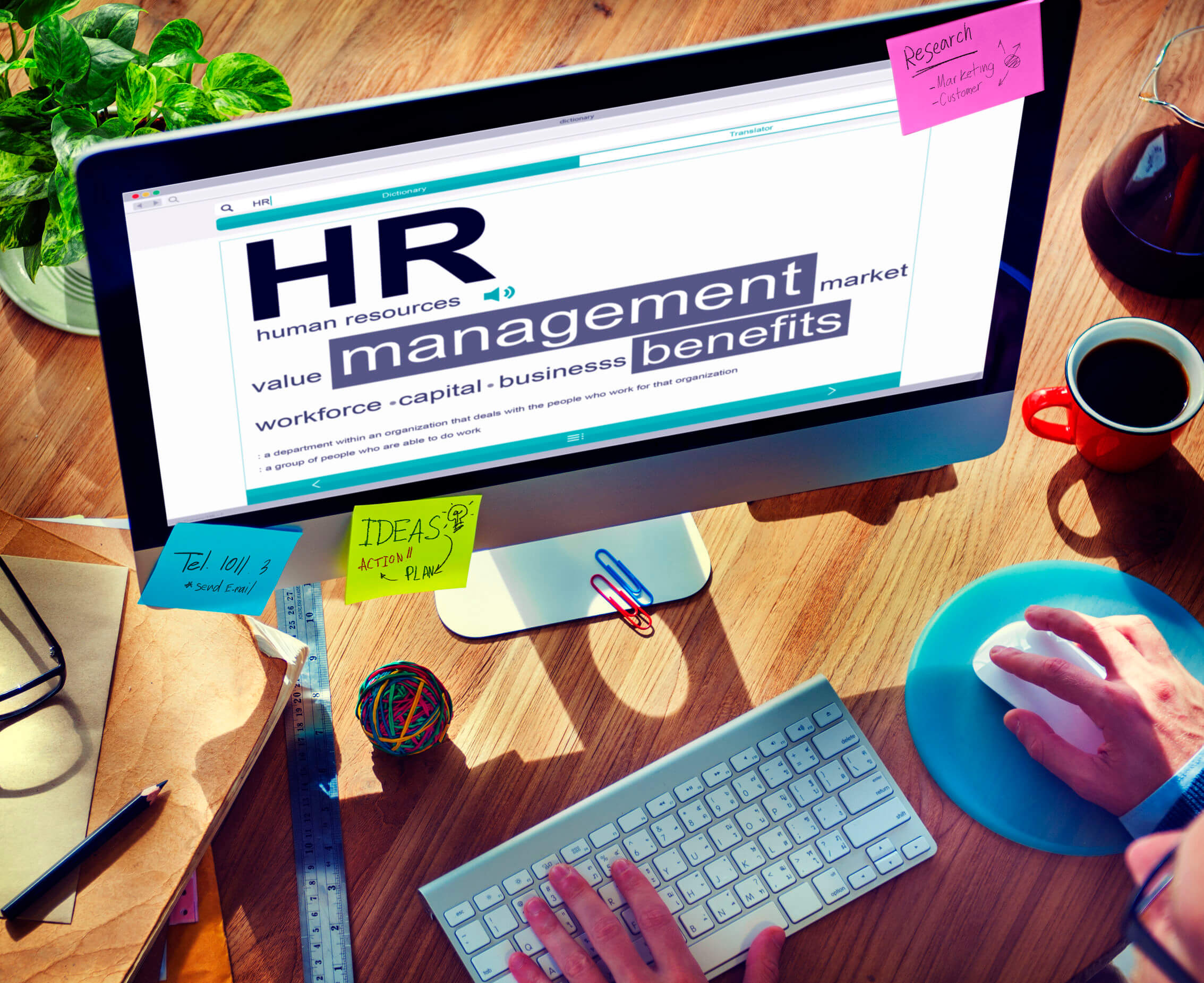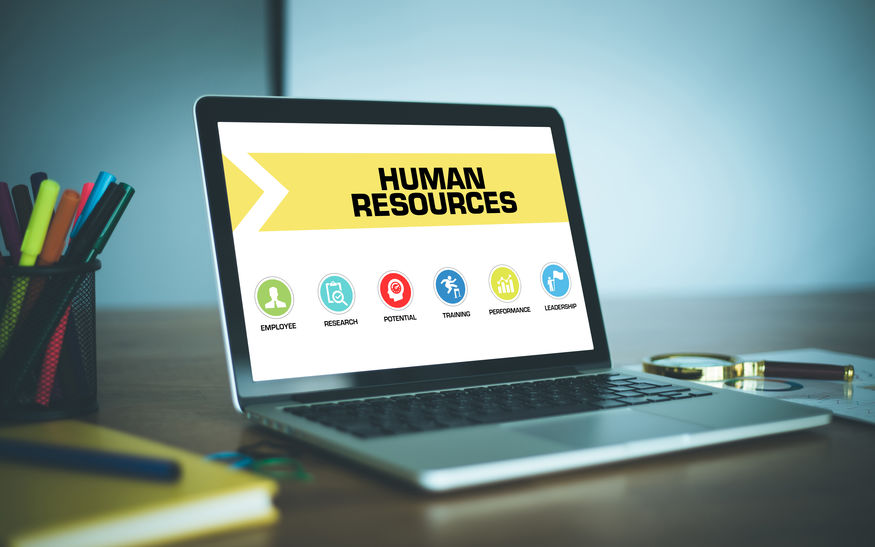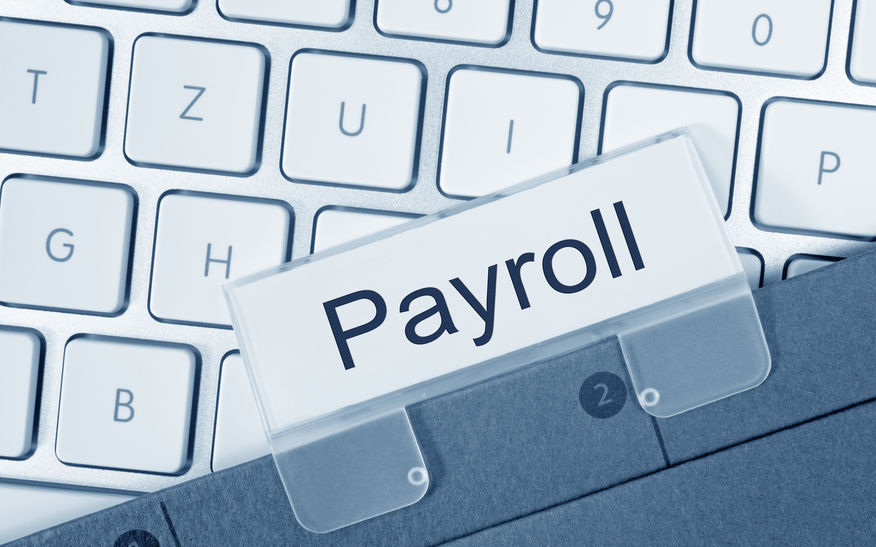Consequences of Not Using a HR System to Run Your Business
If you’re not utilizing an Employee Self-Service (Portal) module, or are using one with limited capabilities, your business is already losing the office culture wars. Failure to create an environment built on transparency and trust will put your company at risk at obtaining and retaining top talent.
What is Employee Self Service?
Employee self-service (ESS) is a feature that is available with most modern human resource information systems (HRIS), also known as human resource management systems (HRMS).
Common Features of the CorpStratHR (AKA Employee Self-Service Portal
Employee Self-Service module, will provide the following features for HR administrators and employees:
HR administrators can:
- Use the module to integrate with other CorpStratHR tools and 300+ other partner applications to allow for easy scalability when requirements call for it
- Robust tools allow for HR administrators to create a customized experience for each employee connected to their portal
- The seamless upload of data makes reporting for compliance easy to manage
- Reporting tools available to help improve various HR processes over time
- Data is secure and easily accessible to authorized users
- Send communications and alerts to employees
Employees can:
- Clock in and out
- Manage and request PTO, sick-leave, jury duty and more
- Submit expense reports to their managers
- Review company documentation and policy procedures
- Compare, analyze and check plan costs prior to enrolling in benefits during Open Enrollment
- Access and review benefit selections
- Take surveys
- Input and track goals for performance
- Review and print paystubs, W-2 and ACA forms
Contact us today to learn more about what an Employee Self-Service can do for you, what it can integrate with and more.





